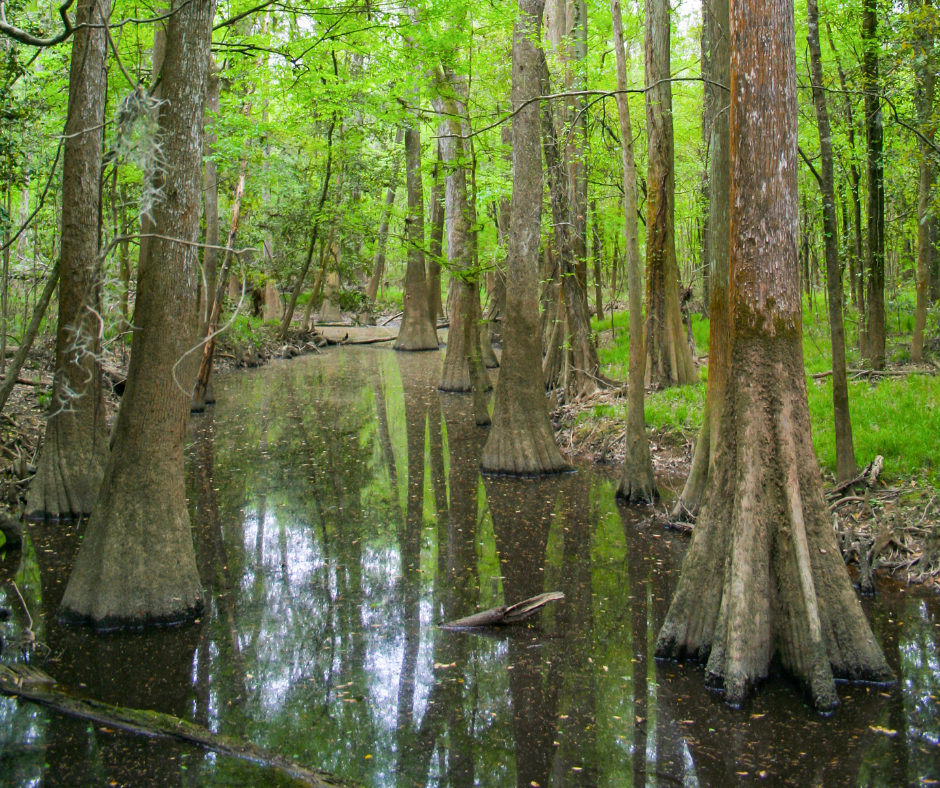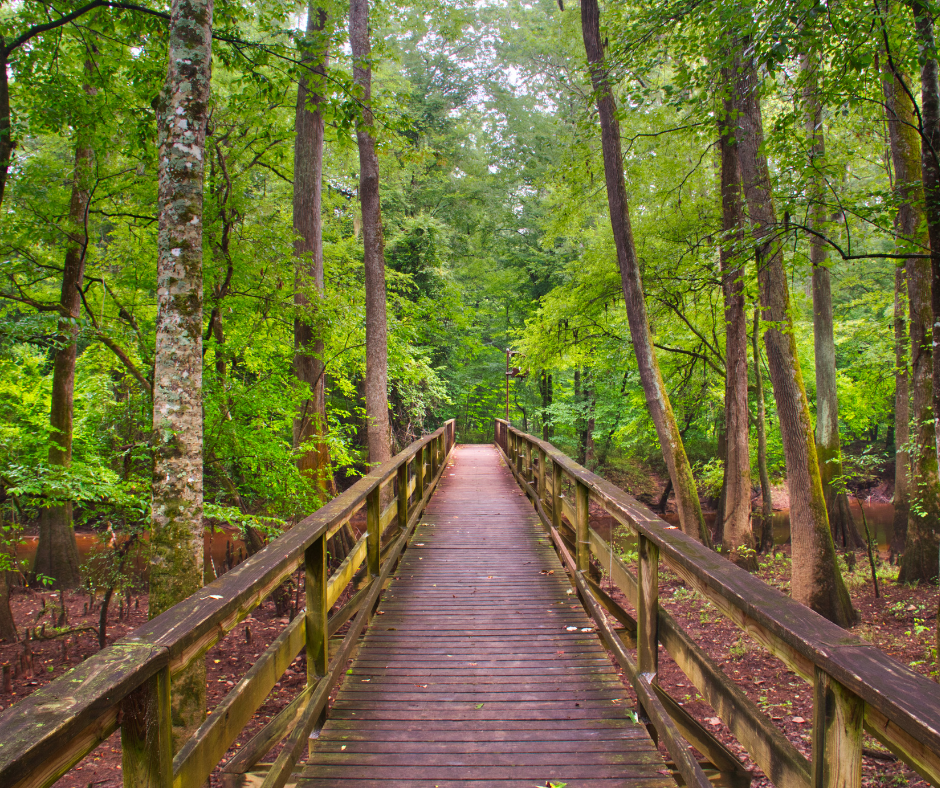Congaree National Park
go.ncsu.edu/readext?847746
en Español / em Português
El inglés es el idioma de control de esta página. En la medida en que haya algún conflicto entre la traducción al inglés y la traducción, el inglés prevalece.
Al hacer clic en el enlace de traducción se activa un servicio de traducción gratuito para convertir la página al español. Al igual que con cualquier traducción por Internet, la conversión no es sensible al contexto y puede que no traduzca el texto en su significado original. NC State Extension no garantiza la exactitud del texto traducido. Por favor, tenga en cuenta que algunas aplicaciones y/o servicios pueden no funcionar como se espera cuando se traducen.
Português
Inglês é o idioma de controle desta página. Na medida que haja algum conflito entre o texto original em Inglês e a tradução, o Inglês prevalece.
Ao clicar no link de tradução, um serviço gratuito de tradução será ativado para converter a página para o Português. Como em qualquer tradução pela internet, a conversão não é sensivel ao contexto e pode não ocorrer a tradução para o significado orginal. O serviço de Extensão da Carolina do Norte (NC State Extension) não garante a exatidão do texto traduzido. Por favor, observe que algumas funções ou serviços podem não funcionar como esperado após a tradução.
English
English is the controlling language of this page. To the extent there is any conflict between the English text and the translation, English controls.
Clicking on the translation link activates a free translation service to convert the page to Spanish. As with any Internet translation, the conversion is not context-sensitive and may not translate the text to its original meaning. NC State Extension does not guarantee the accuracy of the translated text. Please note that some applications and/or services may not function as expected when translated.
Collapse ▲Did you know there is a National Park, just two hours away from Union County?
Union County Extension celebrates an American invention, the National Parks system. Yellowstone National Park in Wyoming was the first national park, established in 1872. Since then, we have continued to protect special examples of wilderness by adding to the number of national parks. When we think of National Parks near us here in Union County, we usually think of the Great Smoky Mountains or the Blue Ridge Parkway. Congaree National Park is less than 2 hours south of Union County, right next to Columbia, South Carolina.
 Like the Smokies, Congaree includes a stand of legitimate, virgin, old growth forest. In fact, over 11,000 acres of Congaree have never been logged. But instead of the mountains, Congaree is a swamp with gigantic cypress trees with their roots sticking up out of the water, which are called knees. Congaree has 25 Champion trees, including 6 National Champions, including many Loblolly pines that are 150 feet tall. No other place in the country has so many big trees in one spot, not even the Smokies. Congaree grows big trees because the Congaree river regularly floods, adding moisture and nutrients to the National Park. Combine this with a long, warm growing season and 100s of years without disturbance from humans, and you have the perfect recipe for growing huge trees.
Like the Smokies, Congaree includes a stand of legitimate, virgin, old growth forest. In fact, over 11,000 acres of Congaree have never been logged. But instead of the mountains, Congaree is a swamp with gigantic cypress trees with their roots sticking up out of the water, which are called knees. Congaree has 25 Champion trees, including 6 National Champions, including many Loblolly pines that are 150 feet tall. No other place in the country has so many big trees in one spot, not even the Smokies. Congaree grows big trees because the Congaree river regularly floods, adding moisture and nutrients to the National Park. Combine this with a long, warm growing season and 100s of years without disturbance from humans, and you have the perfect recipe for growing huge trees.
The summers in Congaree National Park are really hot, humid, and swarming with mosquitoes, and so people who visit Congaree in the summer are frequently disappointed. However, the spring is an excellent time to visit and explore. They have more than 2 miles of wooden boardwalk trail, plus several more miles of crushed gravel trails, both of which are flat, easy walking. These trails allow you to get up close and personal with some of the largest trees in the United States! So consider a day trip or a weekend camping trip with your friends and family this March and April to see the big trees in Congaree.
mosquitoes, and so people who visit Congaree in the summer are frequently disappointed. However, the spring is an excellent time to visit and explore. They have more than 2 miles of wooden boardwalk trail, plus several more miles of crushed gravel trails, both of which are flat, easy walking. These trails allow you to get up close and personal with some of the largest trees in the United States! So consider a day trip or a weekend camping trip with your friends and family this March and April to see the big trees in Congaree.




